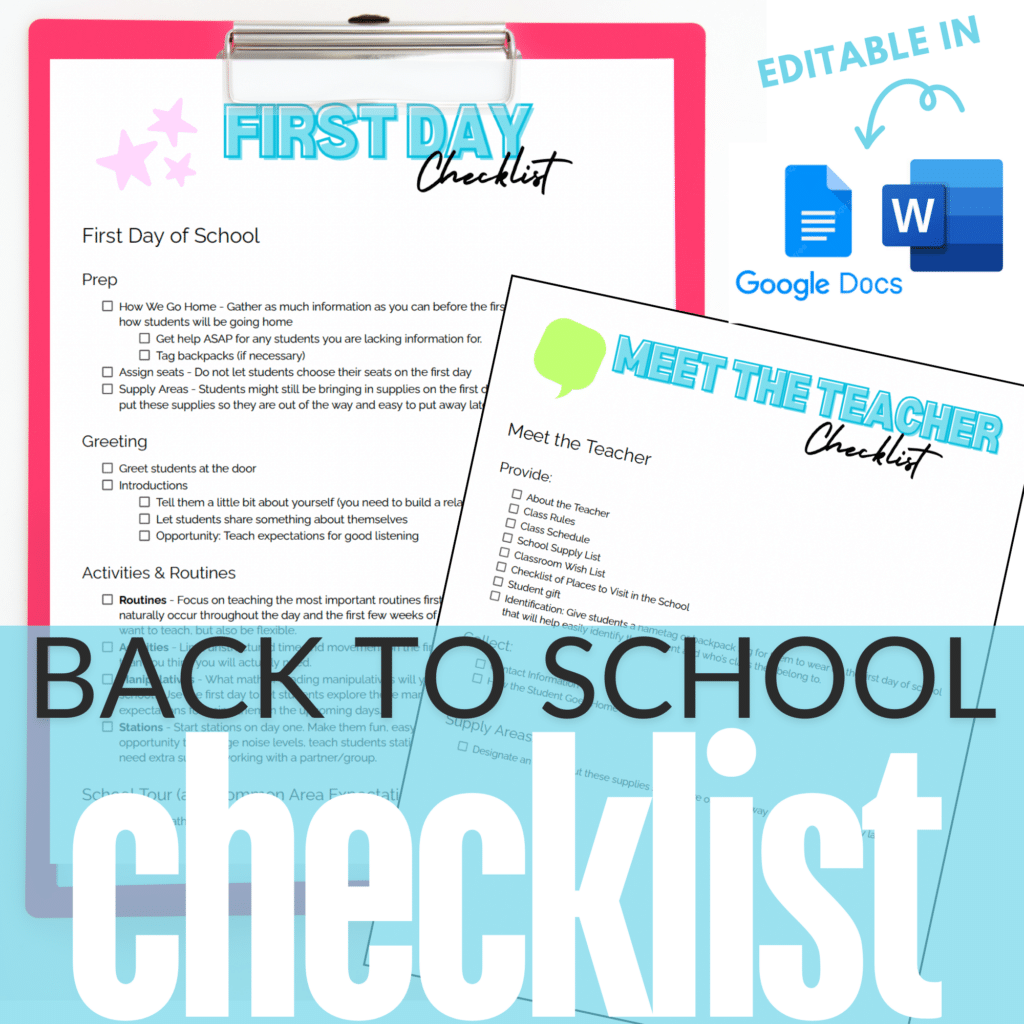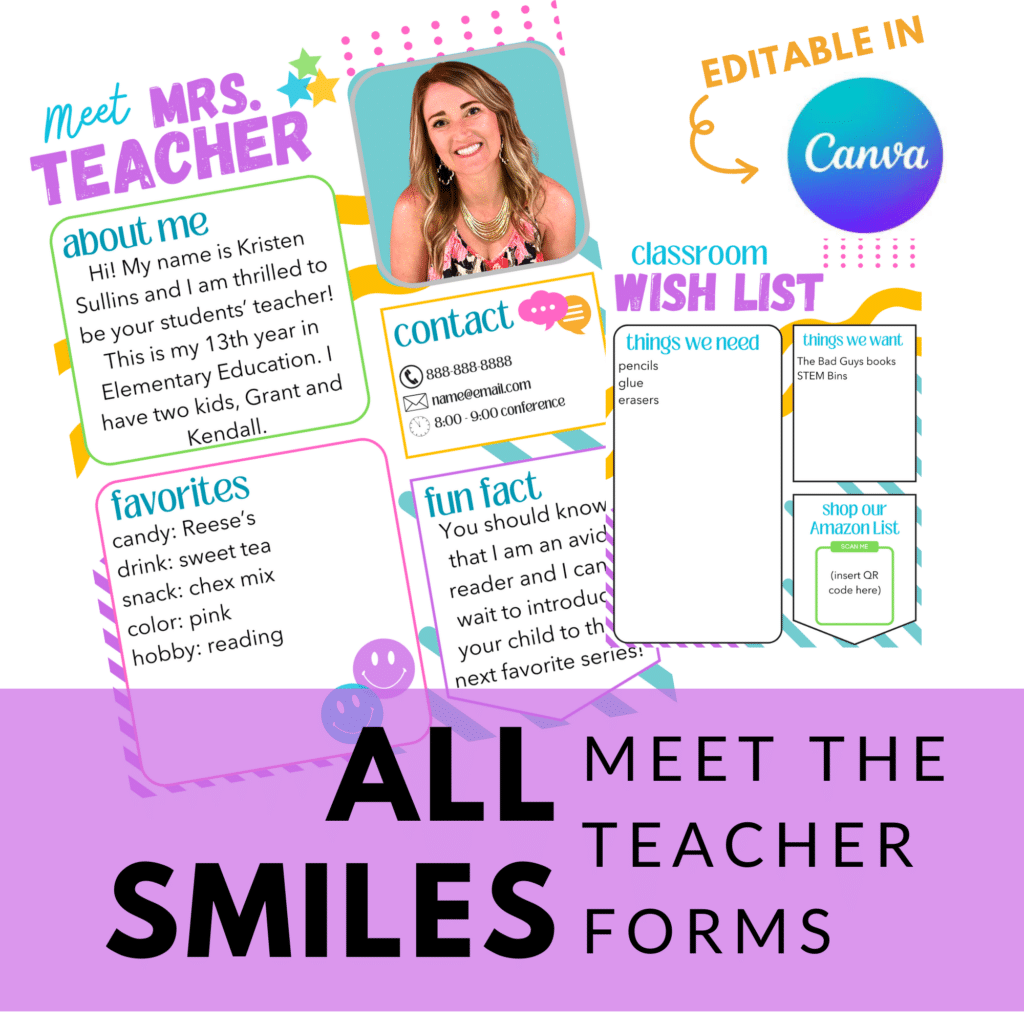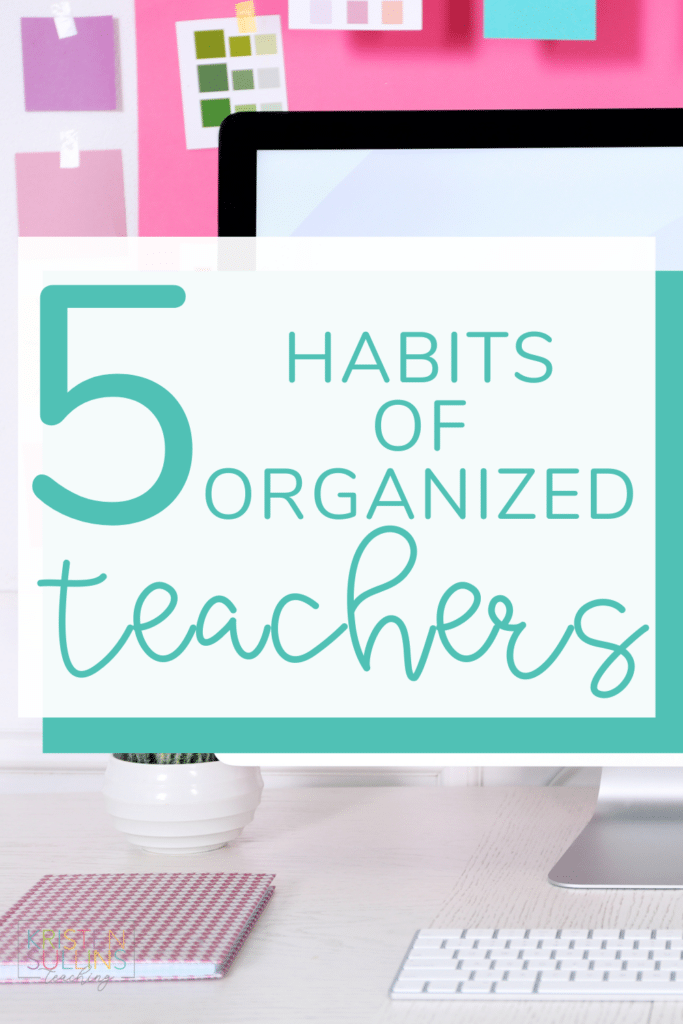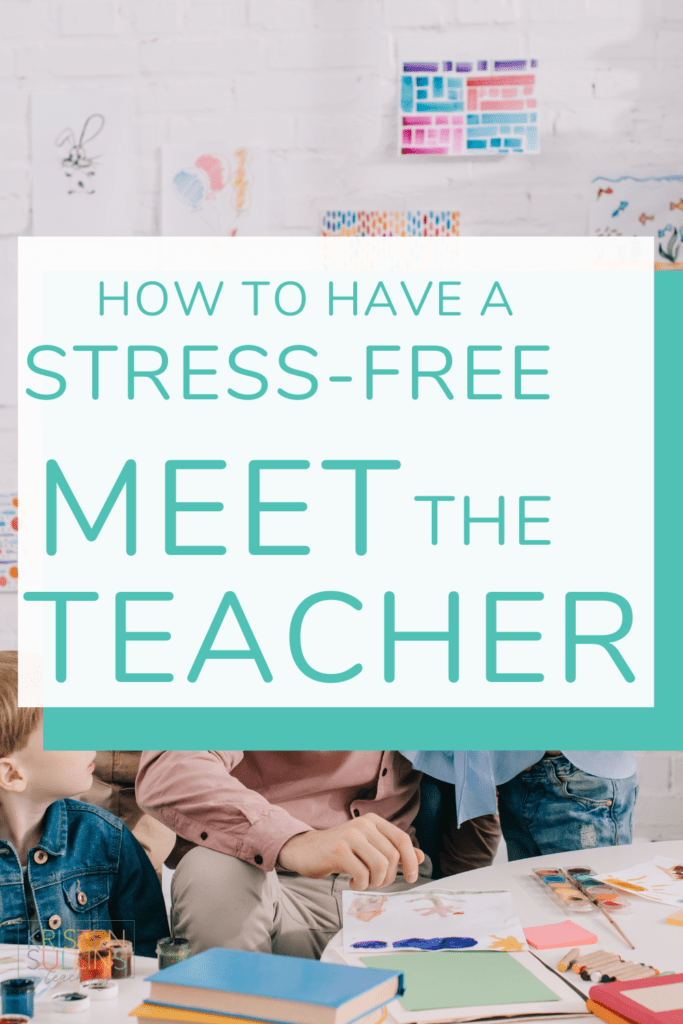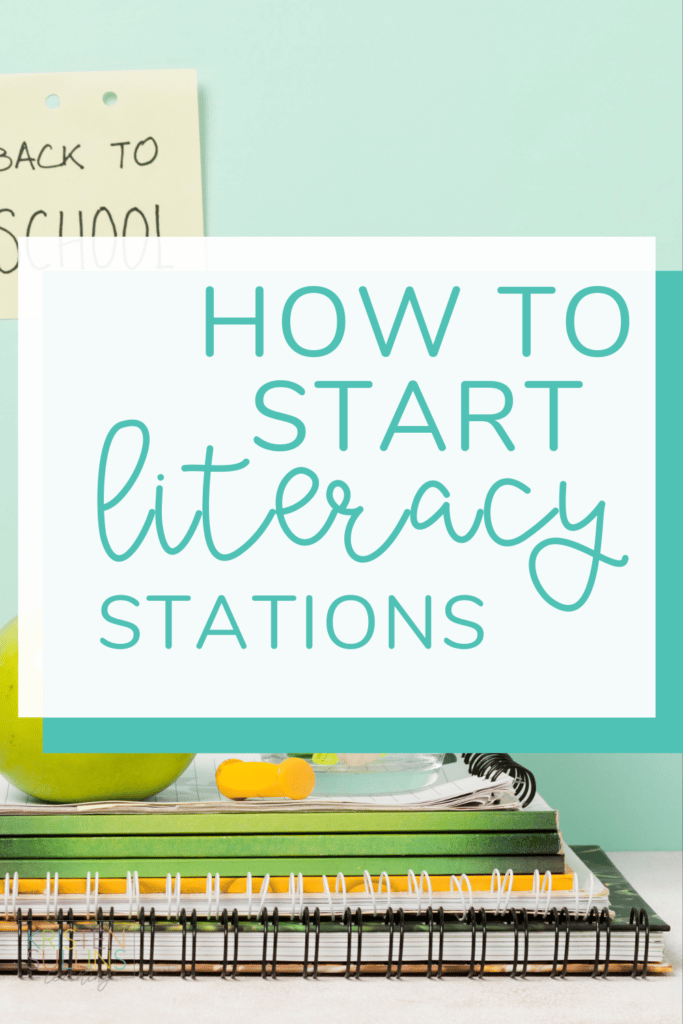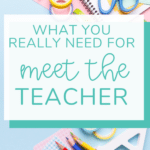Meet the Teacher or “Back to School Night” is an incredible opportunity to establish positive relationships with students and their families which will set them up for success for a great school year.
Being prepared allows teachers to effectively communicate their teaching philosophies, classroom expectations, and curriculum plans. This readiness demonstrates professionalism and commitment, instilling confidence in parents about their child's educational experience.
Meet the teacher is also a great opportunity to create a welcoming environment where parents feel comfortable asking questions and sharing important information about their child. By being prepared, teachers set a positive tone for the school year and lay the groundwork for successful collaboration between home and school in supporting student growth and learning.
This post about Meet the Teacher is broken down into three parts: what teachers should provide, what teachers should collect and different supply areas that you should set up in your classroom.
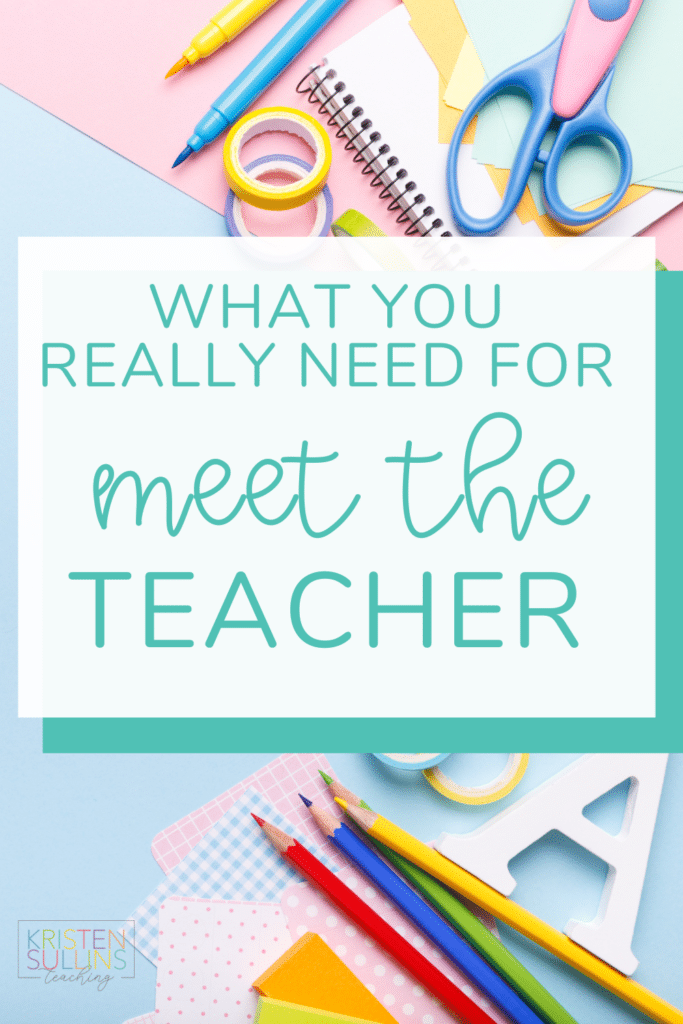
6 Things Teachers should Provide at Meet the Teacher
1. “About the Teacher” Letter
A great school year is built on strong relationships. This “dear families” letter is a chance for you to show them who they are sharing their student with for the school year.
Introduction: Start with a warm greeting and introduce yourself. Mention your name, grade level or subject taught, and how long you've been teaching. Briefly share your educational background, relevant experience, and any personal interests or hobbies that may help parents get to know you better.
Teaching Philosophy: Outline your approach to teaching and learning. Explain your beliefs about education, student engagement, and the importance of parent-teacher collaboration.
Communication: Describe how you prefer to communicate with parents (e.g., email, phone calls, parent-teacher conferences) and your response time for inquiries.
Curriculum: Give a brief overview of the curriculum or subjects you'll be teaching throughout the year. Highlight any special projects, field trips, or events planned.

2. Class Rules
Communicating classroom rules to parents effectively involves clear, proactive communication that sets expectations while fostering a positive and collaborative relationship. Here are steps teachers can take:
- Create a Document: Prepare a document outlining the classroom rules and expectations. This can be shared digitally or as a hard copy.
- Explain Rationale: Provide a brief explanation of why each rule is important for maintaining a productive learning environment and fostering student growth.
- Be Clear and Concise: Use language that is easy to understand and concise. Bullet points or numbered lists can help parents quickly grasp the rules.
- Share Early: Distribute the document at the beginning of the school year or during “Meet the Teacher” events. This allows parents to ask questions and understand expectations from the start.
- Discuss in Person: During “Meet the Teacher” events or parent-teacher conferences, take time to discuss the rules verbally. This personal interaction ensures clarity and allows for any necessary clarifications.
- Provide Examples: Offer examples or scenarios to illustrate how the rules apply in everyday classroom situations. This helps parents visualize expectations in action.
- Encourage Questions: Encourage parents to ask questions if they need further clarification on any rule or expectation.
- Seek Agreement: Request that parents acknowledge receipt and understanding of the rules. This can be done through a signed acknowledgment form or an email confirmation.
- Reinforce Throughout the Year: Periodically remind parents of the classroom rules and discuss any updates or changes as needed throughout the school year.
- Maintain Open Communication: Keep communication channels open for parents to reach out with questions or concerns related to classroom rules. Respond promptly to maintain a positive partnership.
By following these steps, teachers can effectively communicate classroom rules to parents, ensuring a shared understanding and collaboration in supporting students' learning and behavior management throughout the school year.
3. Class Schedule
Providing families with a class schedule and how students spend their day in school, will give parents insight into the learning activities, breaks, and transitions their child experiences. It also sets clear expectations for parents regarding when certain subjects, activities, or routines occur. This helps parents support their child's preparation and understanding of daily expectations.
4. School Supplies
School Supply List
Provide families with a list of supplies that students will need in the classroom. Most families will most likely already have this list of supplies and will bring their supplies to meet the teacher. However, some families will not have purchased their supplies yet. Have a supply list on hand and ready to give to families who need it.
(You can read more about this later on when we talk about designating supply areas.)
Classroom Wish List
You can also utilize Meet the Teacher night to invite families to support your classroom wishlist. This opportunity is enticing to families because their donations directly enrich their own students’ learning experiences.
There are lots of easy ways to provide families with a classroom wishlist, but thanks to technology, the easiest way is to provide them with a QR code to a personalized Amazon Wish List for your classroom.
5. Checklist of Places to Visit in the School
Another great resource to provide families with the night of Meet the Teacher is a map or checklist of other places to visit in the school with their student.
I’ve personally found that families really appreciate this because it allows them to spend quality time around the school during Meet the Teacher and see where their students will be spending their time every day. This way, families don’t feel like they have to hang out in your classroom all night.
6. Bonus Resource
Identification: Give students a nametag or backpack tag for them to wear on the first day of school that will help easily identify that student and who’s class they belong to.
10 Things Teachers should Collect at Meet the Teacher
At “Meet the Teacher” events, teachers should collect essential contact information to facilitate communication and support between home and school. Here's a list of contact information to consider gathering:
- Parent/Guardian Names: Full names of parents or guardians of the student(s).
- Student Names: Full names of the students in the teacher's class.
- Home Address: Physical address of the student's residence.
- Primary Phone Number: The main contact number for reaching parents/guardians.
- Alternative Phone Number: An additional contact number (if available).
- Email Addresses: Email addresses of both parents/guardians for electronic communication.
- Emergency Contact: Name and phone number of an emergency contact person, if different from parents/guardians.
- Preferred Communication Method: Any preferences or specific instructions regarding how parents prefer to be contacted (e.g., email, phone call, text message).
- Parent Work Information: Optional, but sometimes useful for understanding scheduling constraints or emergency contacts during work hours.
- Special Concerns or Considerations: Any special considerations or information that may be relevant to the student's education or well-being.
Collecting this information ensures that teachers can effectively communicate important updates, events, and student progress throughout the school year, fostering a supportive partnership between home and school. It's essential to handle and store this information securely and in accordance with school policies and data protection regulations.
Supply Areas to Set Up for Meet the Teacher
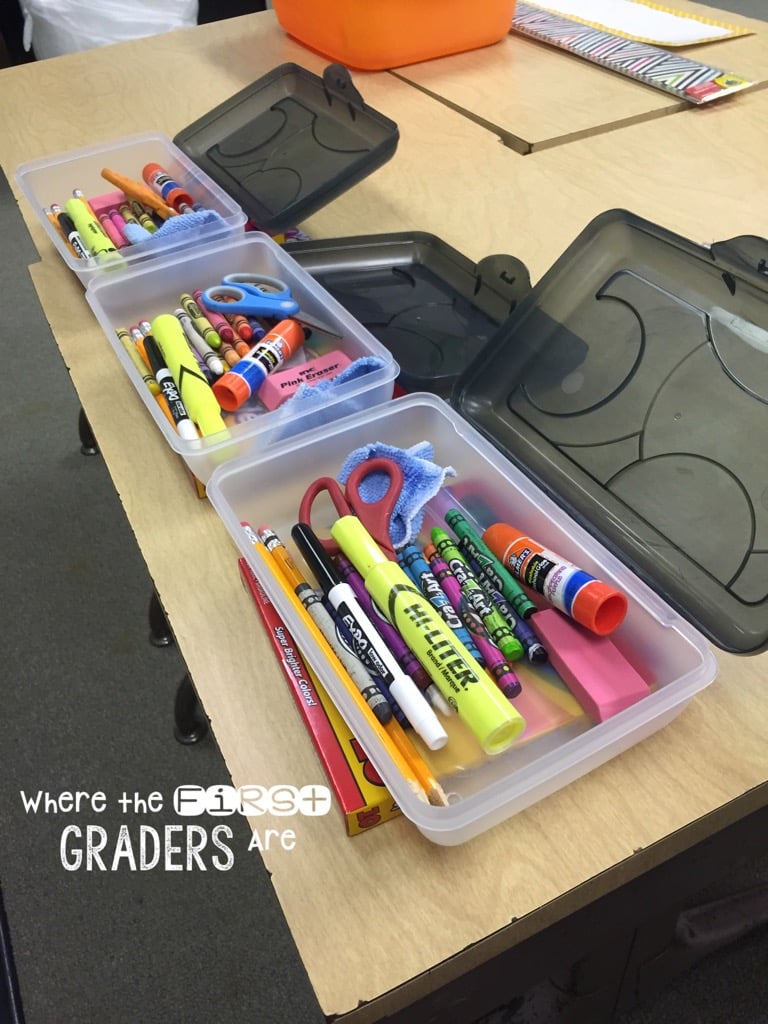
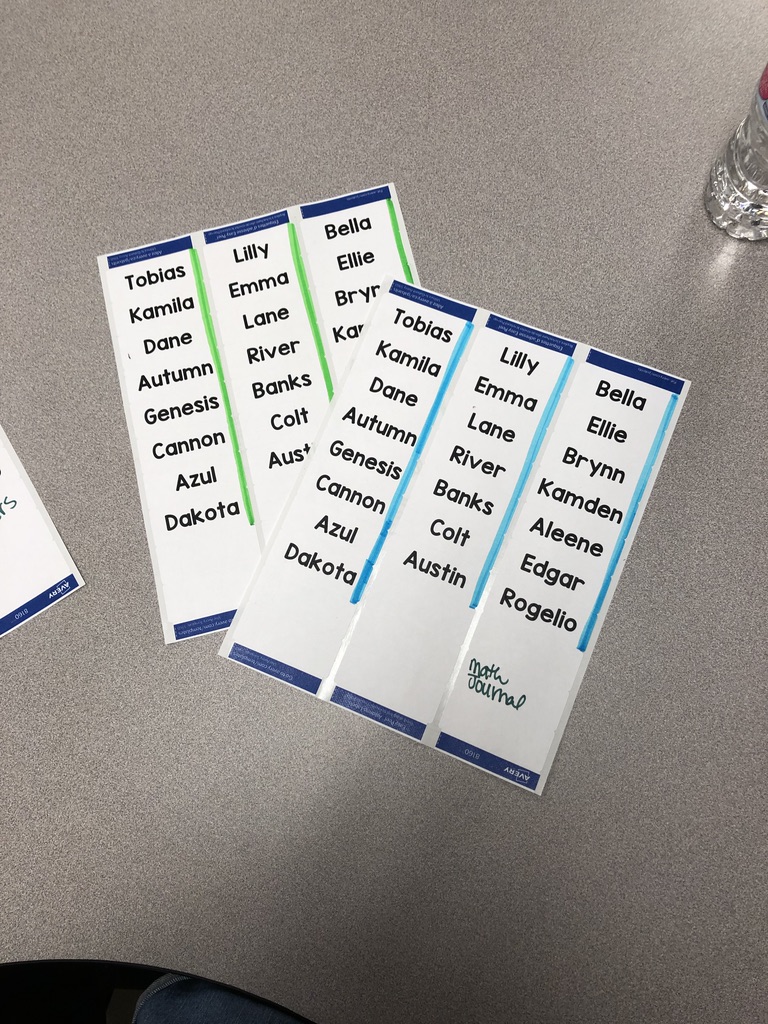
Offer solutions for organizing supplies, such as folders, binders, dividers, and pencil cases. Label these items clearly to guide parents in selecting appropriate storage solutions.
As I mentioned earlier, students will most likely be bringing their students’ school supplies to meet the teacher night. Designate an area to put these supplies so they are out of the way and easy to put away later.
If you want to take it a step further, provide information sheets or handouts detailing any specific requirements or preferences for organizing supplies (e.g., separate folders for different subjects, specific types of notebooks).
By organizing these supply areas thoughtfully, teachers can effectively guide parents through the process of selecting and contributing necessary materials, ensuring a smooth start to the school year and promoting a supportive classroom environment.
BONUS TIP: Have your student name labels ready so you will be ready to label student supplies as soon as Meet the Teacher is over!

